
Stephanie Bilodeau, Conservation Biologist with Coastal Bay Bend and Estuaries Program periodically asks for help removing invasives and planting natives on the spoil islands in the Lower Laguna Madre. Barbara and I always jump at the chance to not only give nature a hand but to go explore one of only six hyper-saline lagoons in the world.
The Laguna Madre was created approximately 3,000 years ago and initially explored by the Spaniards in the 1600s. Approximately 4 miles wide, the average depth of the lagoon is less than 4 feet with most locations 8 to 12 inches deep.
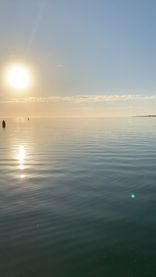
The Lower Laguna Madre is basically half of the 130-mile-long lagoon that is bound on the east by the longest barrier island in the world. The spoil islands within the Lower Laguna Madre were created as a result of the shipping channel dredged from Corpus Christi to South Padre Island.
Setting off with Stephanie, early on a glassy Arroyo Colorado, I’m reminded that, as far as science can tell, the Laguna Madre has been a major stop-over for bird migrations, long before humans began to explore the region. And yet, the creation of these spoil islands in modern time has given birds a place to recover after a long journey and for some, a place to nest and raise their next generation.
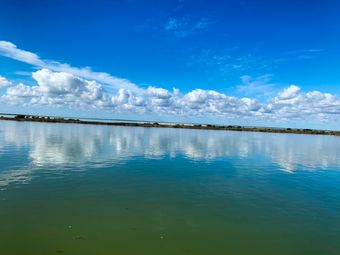
We traveled 30 minutes north to where we landed on the islands named Benny’s Shack and North of Benny’s Shack. While there is no longer a shack in site, we could see Port Mansfield in the distance. It’s odd to be standing on island undergoing ancient processes while our modern world is within site.
There is an eerie feeling that we are venturing into processes that have existed for hundreds of years. These spoil islands, once barren sand bars, are perfect examples of nature finding a way to adapt and survive. We are fortunate to witness this growth and slow evolution within our own time. An evolution that will continue long after we are gone.
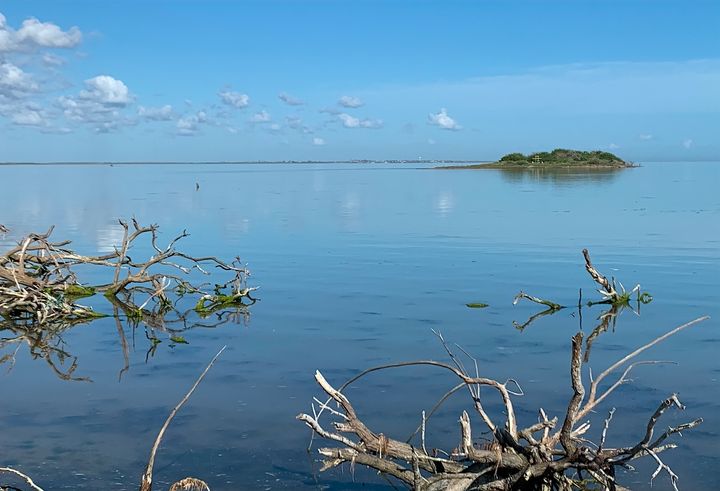
We enjoy looking for signs of life and there were plenty of birds that flew off as we landed. However, we found small signs that made us wonder how they even arrived on these remote locations.


It isn’t easy work. Though a relatively nice day, it gets warm quickly. Having an auger helped dig through hard, hard soil and yet, once loosened, could collapse quickly. We placed sleeves over the granjeno and mesquite. We made sure to drop a fertilizer pellet and give them a good drink of water. More than likely, Stephanie will come back to water at least one more time and then they are on their own.
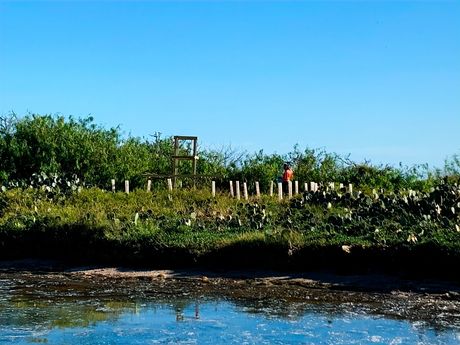

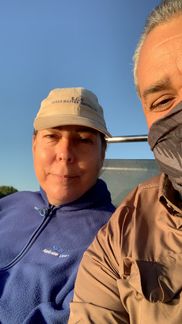
As we leave, we are tired but it’s pleasing to think we might have contributed to the health of our ecosystem and given some birds a chance to survive. If we are lucky, we might see their offspring fly over sometime in the future.